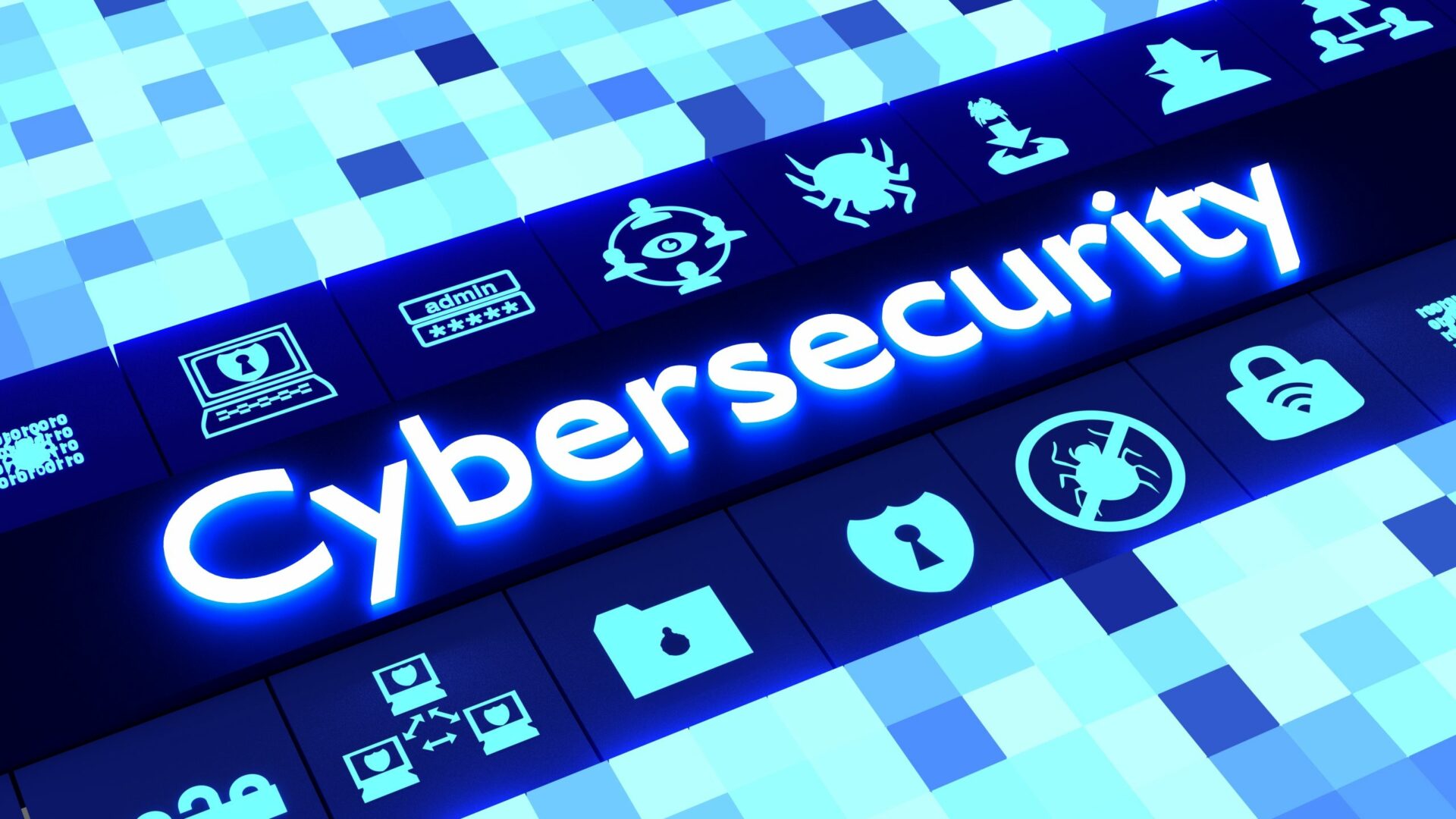- Home
- Navigating the Challenges of Cybersecurity in an Increasingly Digital World
Navigating the Challenges of Cybersecurity in an Increasingly Digital World
Individuals, companies, and governments are all beginning to emphasize cybersecurity more due to the fast development of the digital world. The ever-increasing reliance on digital technology, combined with the linked structure of our society, has created new opportunities for vulnerabilities and dangers in the form of cyberattacks.
This article on a blog digs into the difficulties of maintaining adequate cybersecurity in today's rapidly changing digital environment. We will discuss the complexity of securing sensitive information and minimizing risks in the face of chronic and developing cyber threats, including sophisticated cyber assaults, data breaches, and privacy issues.
Sophisticated Cyber Attacks
Cybercriminals are becoming more technically savvy in accessing systems and networks and using sophisticated methods, tools, and other resources. Malware, ransomware, and phishing assaults are examples of threats that have advanced to the point that they can circumvent typical security measures.
Attackers will target human vulnerabilities, attack software flaws through social engineering techniques, and target software vulnerabilities. It is imperative that organizations keep their security protocols up-to-date, invest in comprehensive threat detection and prevention technologies, and train their staff on the most effective methods for securing data and networks.
Data Breaches and Privacy Concerns
A major danger is posed to people and organizations when there is a breach of data, which may result in the exposure of sensitive information. Personal information, financial records, and intellectual property are all prime targets for cybercriminals, which may result in monetary loss, harm to reputation, and even legal implications. Privacy concerns have also increased in recent years due to businesses' widespread gathering and use of enormous quantities of personally identifiable information.
Organizations must install robust data protection procedures because stricter rules, such as the General Data Protection Regulation (GDPR), have been adopted to safeguard people's rights to privacy. These requirements were implemented to comply with the GDPR.
Insider Threats and Employee Awareness
The cybersecurity industry has a substantial issue in the form of insider attacks, whether they are purposeful or inadvertent. Employees, contractors, or other trusted persons working for or with an organization may accidentally reveal sensitive data or purposefully abuse their access rights. This may happen either by accident or on purpose.
To reduce the dangers connected with insider threats, companies must place access restrictions, keep an eye on what their employees are doing, and give thorough cybersecurity training and awareness programs. An organization needs to cultivate a culture that prioritizes security to reduce the number of vulnerabilities inside the organization.
Internet of Things (IoT) Security
The increasing prevalence of Internet of Things (IoT) devices has given rise to a whole new set of concerns around data protection and privacy. IoT devices, such as smart homes, wearable gadgets, and industrial sensors, are susceptible to assaults owing to the absence of standardized security standards and inadequate security controls.
These vulnerabilities leave IoT devices open to attack. Businesses must prioritize protecting the Internet of Things (IoT) by implementing solid authentication procedures, powerful encryption techniques, and consistent software upgrades. In addition, customers must be aware of the security dangers connected with IoT devices and take steps to safeguard their networks and devices.
Cybersecurity Skills Gap
There is a large skills gap as a result of the demand for competent cybersecurity workers far exceeding the talent pool that is currently available. Organizations need help locating skilled employees who can efficiently recognize and mitigate the effects of cyber threats.
To close this gap, it is necessary to invest in cybersecurity education and training programs, foster cooperation between academic institutions and private businesses, and encourage individuals to pursue careers in cybersecurity. Organizations must also consider forming partnerships with private cybersecurity companies to bolster their security capabilities further.
The Final Verdict
In a world that is becoming more digital, the difficulties of cybersecurity take on many forms and are always growing. To effectively address these difficulties, a proactive and multi-layered strategy is required. An organization's security protocols must be kept up to date at all times, sophisticated threat detection technology should be invested in, and a culture of cybersecurity awareness should be fostered. Strong cybersecurity legislation needs to be enacted by governments and strictly enforced.
Individuals are responsible for prioritizing their digital hygiene, which includes using robust passwords, updating software regularly, and being aware of prevalent online hazards. By working together to find solutions to these problems, we can work towards creating a digital ecosystem that is safer and more secure, which will preserve the sensitive information we share and maintain trust in a world that is becoming more linked.



.png)

What other's say about : How ThePhone thriller..